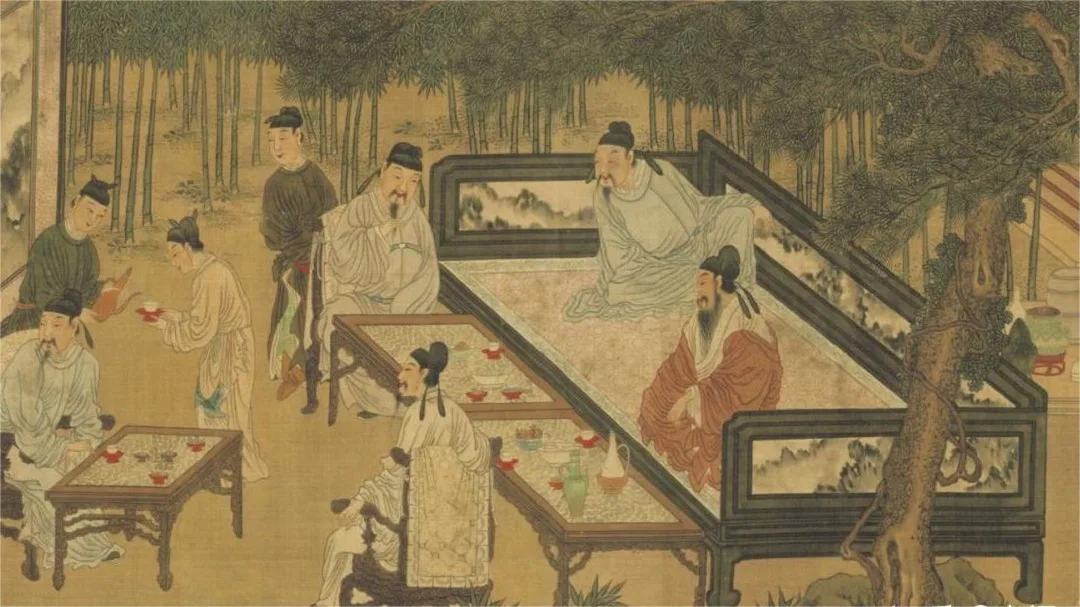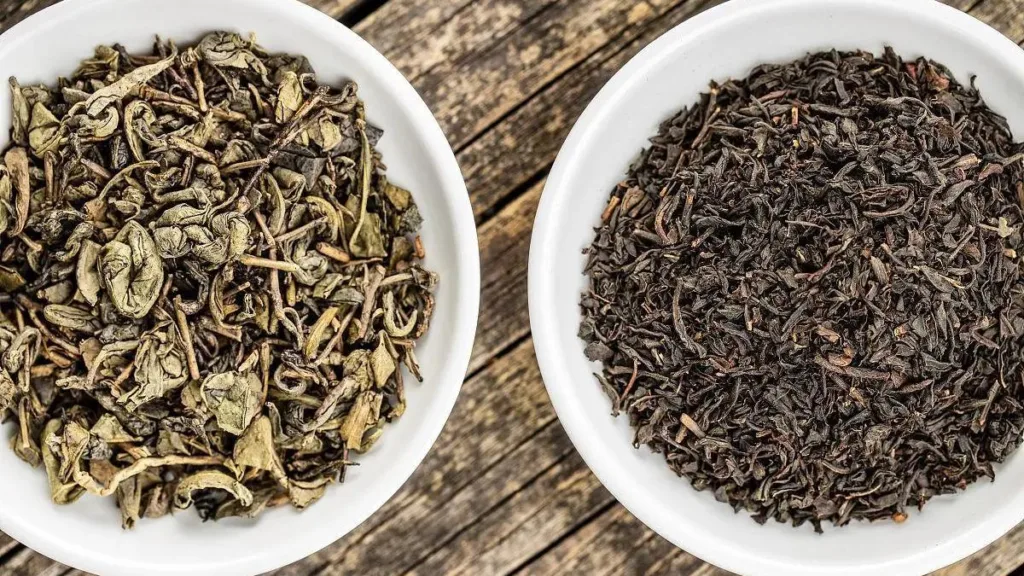In the annals of history, the consumption of Chinese tea was not merely a culinary delight but a nuanced practice intertwined with socio-economic status, cultural discernment, and geopolitical dynamics. Affording Chinese tea in times gone by was a privilege reserved for the elite, a marker of affluence and refinement that transcended borders and epochs.
The roots of Chinese tea culture can be traced back over millennia, evolving from a medicinal concoction to a revered beverage embraced by the ruling class. In ancient China, tea was cultivated with meticulous care, and the process of brewing and serving it became an art form in itself. The elaborate tea ceremonies that emerged were not only a testament to the sophistication of the Chinese aristocracy but also a means of showcasing their wealth.
During the Tang Dynasty (618–907 AD), the appreciation for tea burgeoned among the upper echelons of society. Tea became a symbol of status, and the act of serving and imbibing it became imbued with ritualistic grandeur. The finest tea leaves were sought after, and the craftsmanship involved in teaware became an indicator of opulence. It was a time when only the privileged few could afford the luxury of cultivating tea gardens and indulging in the refined culture that surrounded the consumption of this esteemed beverage.
As centuries unfolded, Chinese tea found its way along the Silk Road, reaching distant lands and captivating the palates of foreign elites. In medieval Europe, the consumption of Chinese tea was a rarefied experience, reserved for nobility and high-ranking officials. The journey of tea from the East to the West became a tale of luxury trade routes, with merchants and aristocrats alike seeking to savor the exclusivity that Chinese tea bestowed upon its consumers.
The Ming (1368–1644) and Qing (1644–1912) dynasties marked an era of flourishing tea culture in China, and the demand for the country’s tea soared internationally. In Europe, the British aristocracy developed a penchant for Chinese tea, establishing it as a fashionable and coveted beverage. The East India Company played a pivotal role in facilitating the trade of tea, making it accessible to the upper crust of European society.
In imperial Russia, too, the aristocracy embraced the allure of Chinese tea, creating a demand that led to a thriving trade between the two empires. The exclusive nature of Chinese tea persisted, becoming a hallmark of refinement and an essential component of elite social gatherings.
Fast forward to the 19th century, and the opium trade between Britain and China became intertwined with the tea industry. The demand for tea in Britain led to a trade imbalance, prompting the British to export opium to China to offset the trade deficit. This historical backdrop underscores the geopolitical dimensions that surrounded the consumption of Chinese tea and the economic forces that shaped its accessibility.
In conclusion, the ability to afford Chinese tea in times past was a privilege accorded to the elite classes across the globe. Whether in the imperial courts of China, the salons of European aristocracy, or the palaces of Russian nobility, the consumption of Chinese tea was a testament to wealth, refinement, and cultural discernment. Beyond the mere act of imbibing a beverage, it symbolized an intricate tapestry of history, trade, and social stratification that continues to echo through the corridors of time.



